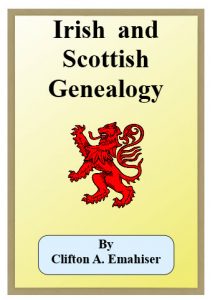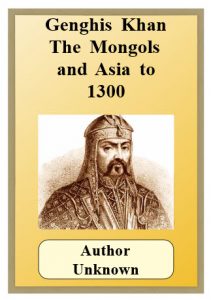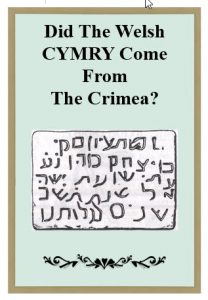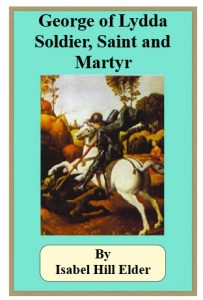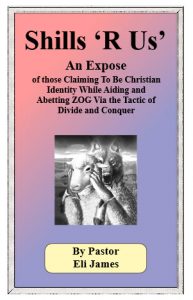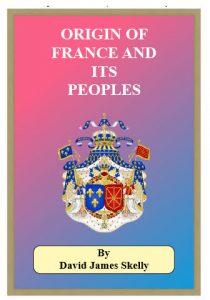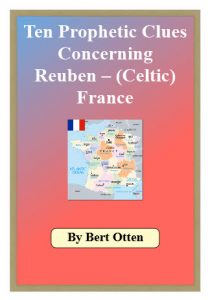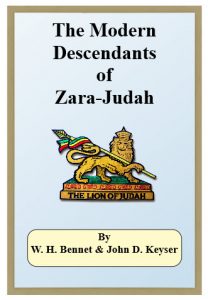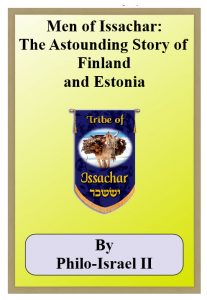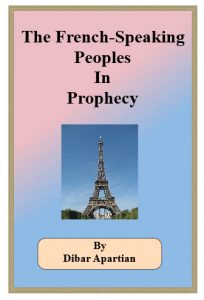
THE ORIGINS OF THE HISTORIES OF THE FRENCH-SPEAKING COUNTRIES, as those of all the nations of the world, represent an insoluble mystery for historians and ethnologists. They recognize frankly that the annals of ancient history are very obscure. “History doesn’t know the origin of any people” remarked Lenormant (“Ancient History of the Orient”, p. 234) adding that the further one attempts to delve into the past, the more obscure it becomes.
What then is the REASON? Better than anyone, Paul, “the apostle to the Gentiles”, can give us the answer in his epistle to the Romans, written under divine inspiration:
“For the wrath of God is revealed from heaven against all un-righteousness and ungodliness of men, who hold the truth CAPTIVE, because that which may be-known of God is manifest to them; for God has showed it to them… they became vain in their imaginations, and their foolish heart was darkened.” (Rom. 1:18-21)
Unlike the theorems of geometry and mathematics, history, to such an extent as mankind has exposed it, has given us no reliable summary which will not be corrupted. Its knowledge is not only scanty, but also hypothetical. In the “Preface” of his work entitled “Encyclopaedia of World History”, Mr. Langer recognizes this gap and confirms the fact that a number of historical facts are themselves contested, and so little corroborated, that they could never establish the basis of any definite testimony.
History, therefore, has no POINT OF DEPARTURE. It ignores that there is a source, or rather it rejects it firmly, as we are going to see. Consequently, having no one dtfinite source from which it can draw its pieces of information with the desired assurance, the historian tends to speak of the “possible” and of the “probable”. But this possible and this probable, by the admission of Jubainville “holds a LARGER AND LARGER PLACE which is increased proportionally as the number of centuries which separate us: from the events.(“The First Inhabitants of Europe”, p. VIII)
We live in an age in which man has no fear of considering “obsolete” every work or treatise, or any knowledge that is not the product of the present generation–including the BIBLE! Thus, history is doubly vulnerable, for not only does it miss necessary clues, but as well, since it refuses to consider the biblical date of the creation of man, its chronology becomes almost entirely a myth!
History, as historians tell it, depends exclusively on scientific knowledge acquired by men through the ages. To cite an example, bibliography, palaeography, archaeology, chronology, palaeontology, etc. are some sciences related to History; because their principles change with the course of civilization, History, in turn, remains SUBJECT TO REVISION, if not always unexpected, at least sometimes radical.
.
